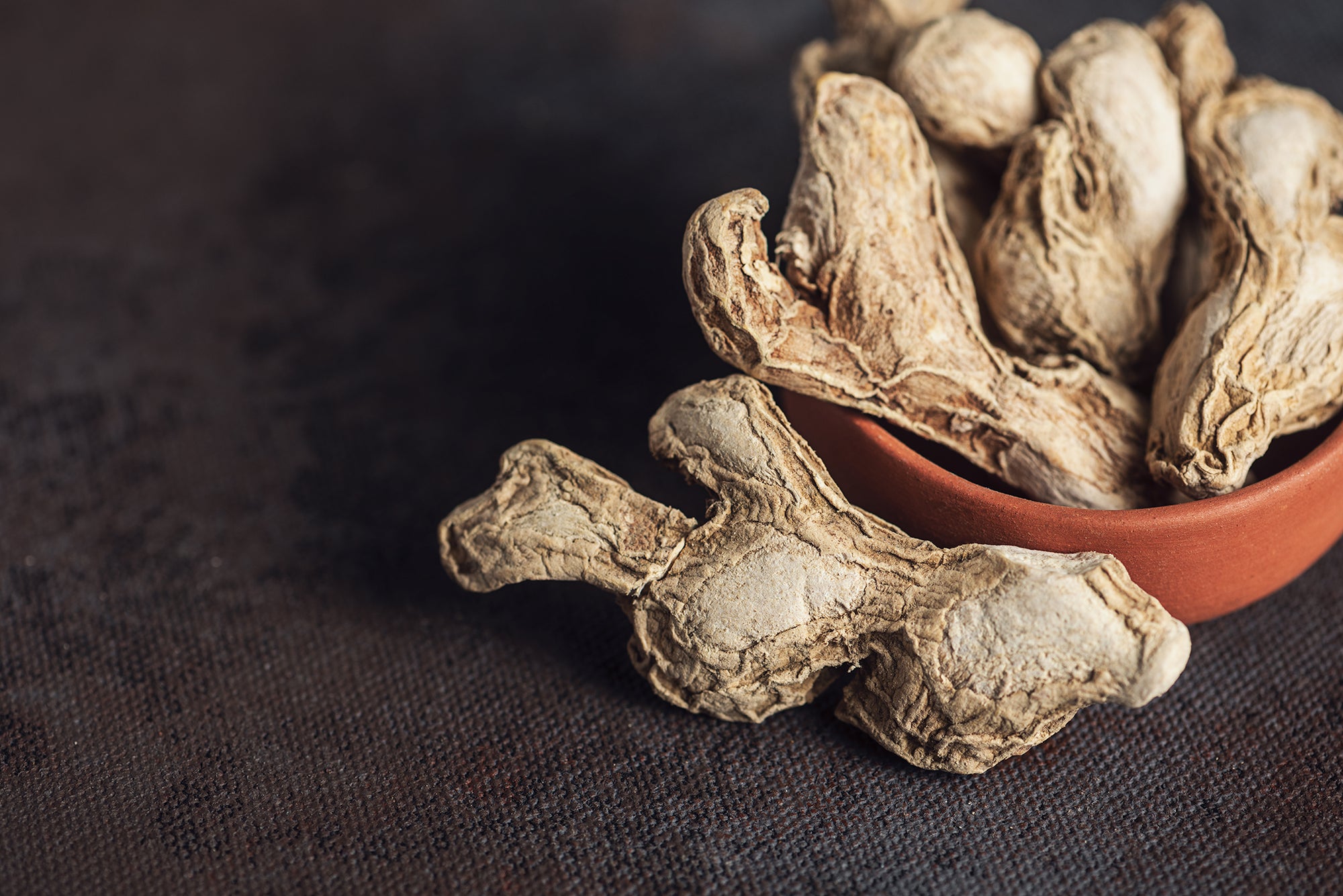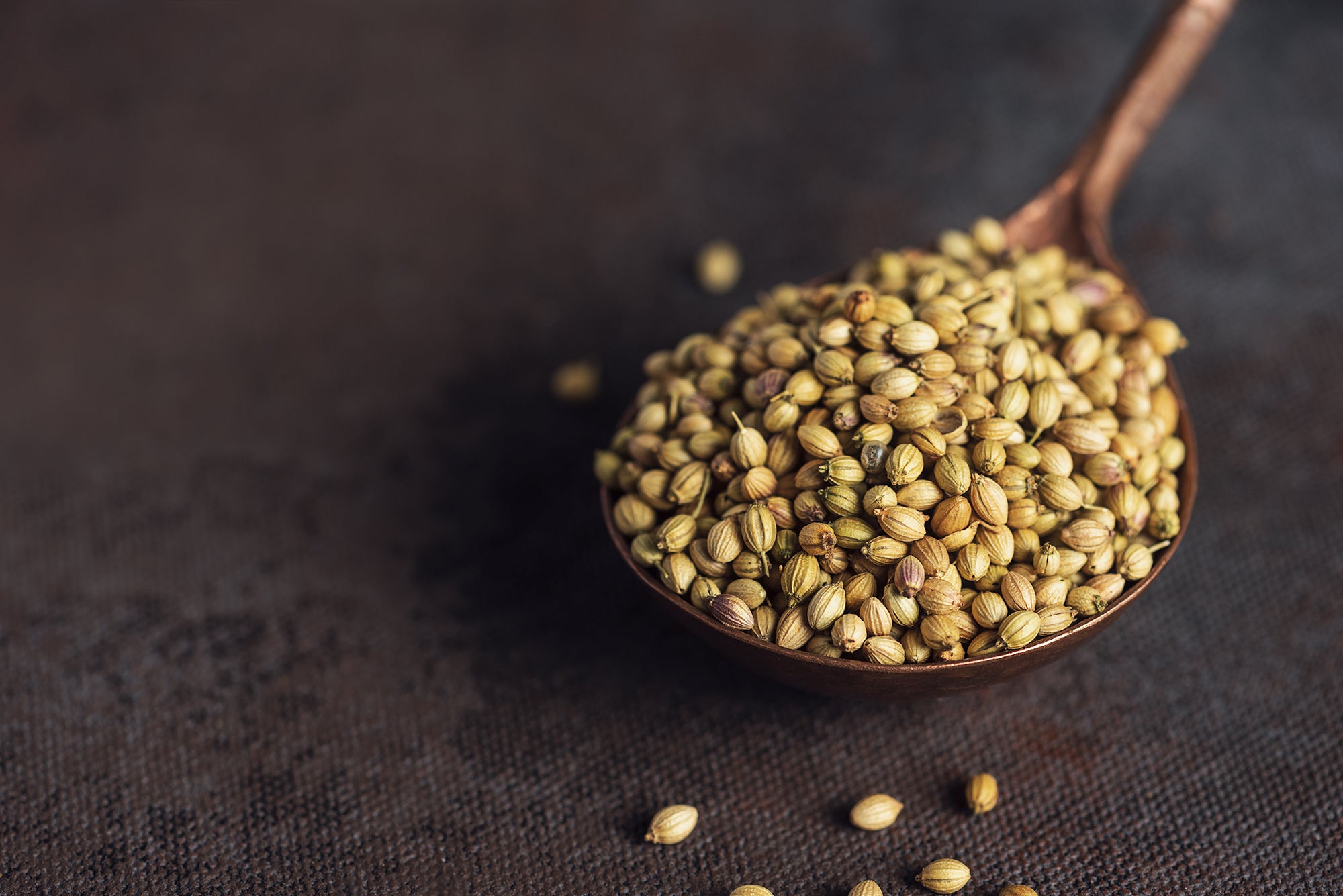Valued for its distinctive warm aroma and nutritious flavor, Cumin has been around in the spice world since eons.
Native to Egypt, cumin was one of the primary ingredients used in the mummification process. It was very popular in Europe during the Middles ages, the Greeks and Romans loved using cumin since it was just as tasty and rare as the black pepper.
Currently, cumin is a staple in Indian and Mexican cuisine and also commonly used in European, Middle Eastern and North African dishes.
Growing And Harvesting Cumin
Cumin is an annual plant that requires a fertile soil and hot summer weather for 3-4 months to grow and mature completely. It is usually sown in spring so that it can soak in the warm summer weather and grow.
The seeds are placed in groups of 4 about 1/4th inch below the soil surface with a distance of at least 8 inches between them. This helps the seeds to mature without getting overcrowded.
The plant can survive with limited rains and if you are growing it at home you just need to water the plant once in a week.
Cumin can be harvested about 4 months after the seeds are planted. When some of the seed clusters are ready the supporting stems are cut down and the pods are placed in a paper bag that is hung upside down. After about 10 days the pods will dry and when rubbed between your fingers the cumin seeds will drop off.
If not used immediately the seeds need to be dried thoroughly and stored in a dry airtight container. They have a longer shelf life if stored as a whole spice instead of being powdered.
The Enchanting Spice
A member of the carrot family, like celery and parsley, cumin has been popular since the Middle Ages. It is said that the wives sent their husbands to war with a loaf of cumin spiced bread a sign of good luck and love.
In present times cumin is widely used in Indian cuisine featuring prominently in our garam masala. It’s also sprinkled in salads and yoghurt to add bursts of flavor
Cumin is also an excellent source of iron, manganese, magnesium and calcium. It is also rich in vitamin A, C, E and K. Cumin helps maintain blood sugar levels, in turn minimizes cravings for excessive carbohydrates.
The phytosterols present in cumin encourages the absorption of bad cholesterol in the digestive tractand thymol helps stimulate the glands to secrete enzymes that are responsible for complete digestion of food in the stomach and intestines.
When consumed with hot water cumin helps give relief from stomachaches and gas troubles. It is also ideal for those suffering from respiratory disorders, like asthma and bronchitis acting as stimulating agent cumin helps loosen up the accumulated mucuous in the respiratory tract making breathing easier.
Cumin And Ayurveda
Cumin, also known as jiraka is used to make a variety of concoctions and medications in Ayurveda. It is bitter and slightly pungent. It decreases the vata and kapha doshas and increases Pitta dosha if taken it high quantity.
It is considered to be one of the best digestive tonics and is known to help eliminate toxins from the body. It absorbs fluids from the large intestines helping to bind loose stool.
Cumin is also very helpful for women to get relief from cramps during their menstrual cycle. Thanks to its Kapha clearing and antispasmodic qualities, cumin has been traditionally used during asthma attacks.
We have used Cumin in:
Quick Facts
| Name: | Cumin |
| Scientific Name: | Cuminum cyminum L. |
| Cultivated in: | India, Iran, Europe, the Middle East, North Africa, East Mediterranean |
| Other names: | Cummin, Roman Caraway |
| Habitat | Mediterranean climate |
| Soil | Fertile, well drained |
| Plant Size | 30-50 cm |
| Aroma | Warm aroma |
| Plant parts used | Seed |
| Major Nutrients | Iron Manganese Copper Calcium Magnesium Phosperous Vitamin B1 Zinc Potassium Protein Vitamin B6 Vitamin B3 |
Known As In :
| Hindi | Jeera |
| Marathi | Jeere |
| Gujrati | Jeeru |
| Telugu | Jilakara |
| Malayalam | Jeerakam |
| Bengali | Jira |
| Tamil | Jeeragam |
| Kannada | Jeerige |
Ayurvedic Facts
| Sanskrit Name: | Jiraka |
| Taste: | Bitter and slighly pungent |
| Energitics: | Cooling |
| Effect on Doshas: | Decreases vata and kapha |
| Used for Treating: | Digestive issues, Asthma, Stomach Infections, Throat Infections, Menstrual Cramps |





.png?v=1668878203)



